Research Highlights
Research Highlights
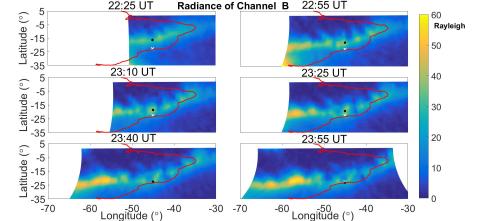
Observation of Postsunset OI 135.6 nm radiance Enhancement in South America by the Global-scale Observation of Limb and Disk (GOLD) Mission
The Global-scale Observation of Limb and Disk (GOLD) mission, for the first time, provides synoptic two-dimensional (2D) maps of OI 135.6 nm observations.

Alfvénic thermospheric upwelling in a global geospace model
First author, William Lotko, reveals that the CHAMP satellite orbiting near 400 km altitude near the magnetic cusp routinely traversed thermospheric density enhancements (up to 50%) that are not predicted by empirical models. The density enhancements are well-correlated with kilometer-scale field-aligned currents interpreted as ionospheric Alfvén resonator modes.
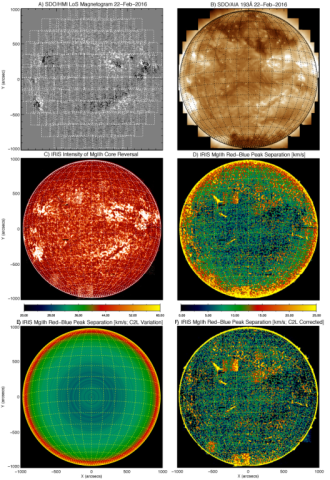
Detecting the Chromospheric Footpoints of the Solar Wind
Coronal Holes present the source of the fast solar wind. However, the fast solar wind is not unimodal—there are discrete, but subtle, compositional, velocity, and density structures that differentiate different coronal holes as well as wind streams that originate within one coronal hole. In this Letter we exploit full-disk observational “mosaics” performed by the Interface Region Imaging Spectrograph (IRIS) spacecraft to demonstrate that significant spectral contrast exists within the chromospheric plasma of coronal holes.
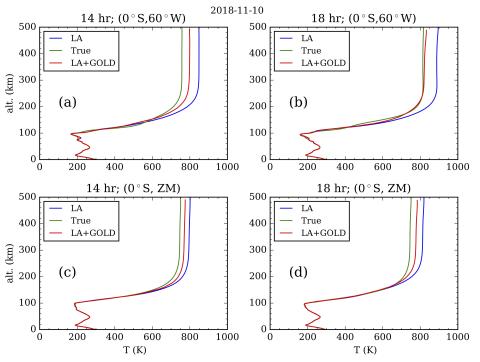
Impact of GOLD Retrieved Thermospheric Temperatures on a Whole Atmosphere Data Assimilation Model
The present investigation evaluates the assimilation of synthetic data which has properties similar to actual Global-scale Observations of the Limb and Disk (GOLD) level-2 (L2) and other conventional lower atmospheric observations. The lower atmospheric and GOLD L2 temperature (Tdisk) are assimilated in the Whole Atmosphere Community Climate Model with thermosphere-ionosphere eXtension (WACCMX) using Data Assimilation Research Testbed (DART).
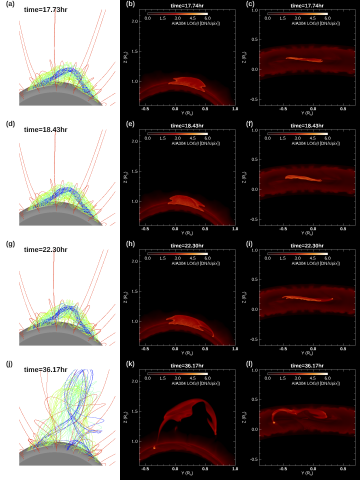
Simulations of prominence eruption preceded with large amplitude longitudinal oscillations and draining
We present magnetohydrodynamic (MHD) simulations of the evolution from quasi-equilibrium to eruption of a prominence-forming twisted coronal flux rope under a coronal streamer. The prominence condensations form at the dips of the twisted flux rope due to run-away radiative cooling.
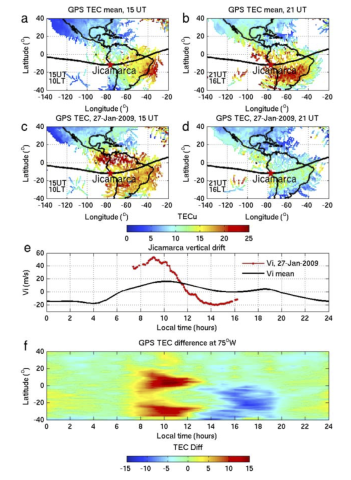
Sudden Stratospheric Warmings
Sudden stratospheric warmings (SSWs) are impressive fluid dynamical events in which large and rapid temperature increases in the winter polar stratosphere (∼10–50km) are associated with a complete reversal of the climatological wintertime westerly winds.
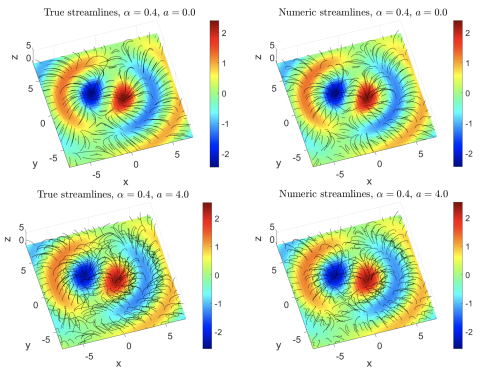
Reconstructing the Coronal Magnetic Field: The Role of Cross-Field Currents in Solution Uniqueness
We present a new 3D magnetohydrostatic (MHS) direct elliptic solver for extrapolating the coronal magnetic field from photospheric boundary conditions in a manner consistent with an assumed plasma distribution.
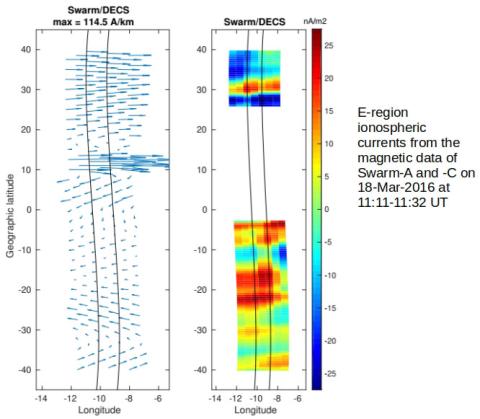
Dipolar elementary current systems for ionospheric current reconstruction at low and middle latitudes
The flow of ionospheric current can be probed by examining magnetic field measurements at the ground and at Low-Earth-Orbit (LEO) altitude. The interpretation of the magnetic field perturbations with respect of ionospheric current flow is complicated by the fact that the perturbations reflect the integrated effect of current flow close-by and far-away.
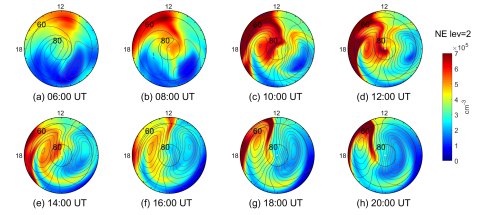
Formation of Double Tongues of Ionization During the 17 March 2013 Geomagnetic Storm
During geomagnetic disturbances, enhanced high‐latitude convection transports ionospheric F2‐region plasma from the dayside midlatitude region into the polar cap, leading to structures such as tongues of ionization (TOIs) and patches. In this study, we investigate the dynamic evolution of TOIs during the 17 March 2013 storm using a high‐resolution coupled thermosphere‐ionosphere‐electrodynamics model and Defense Meteorological Satellite Program (DMSP) satellite observations.